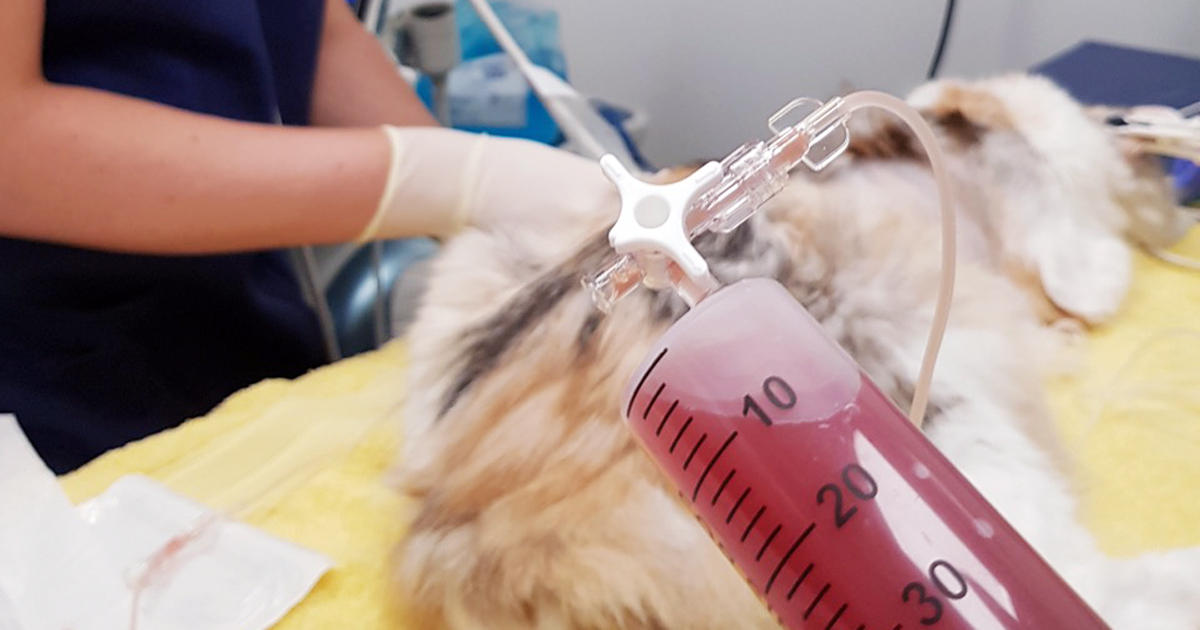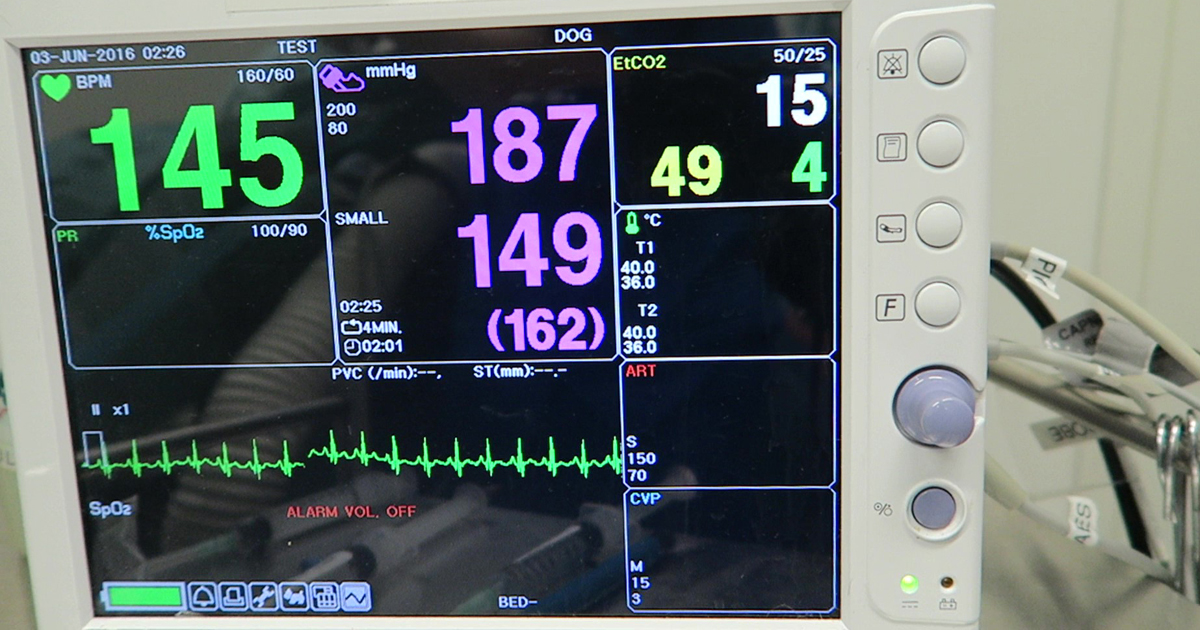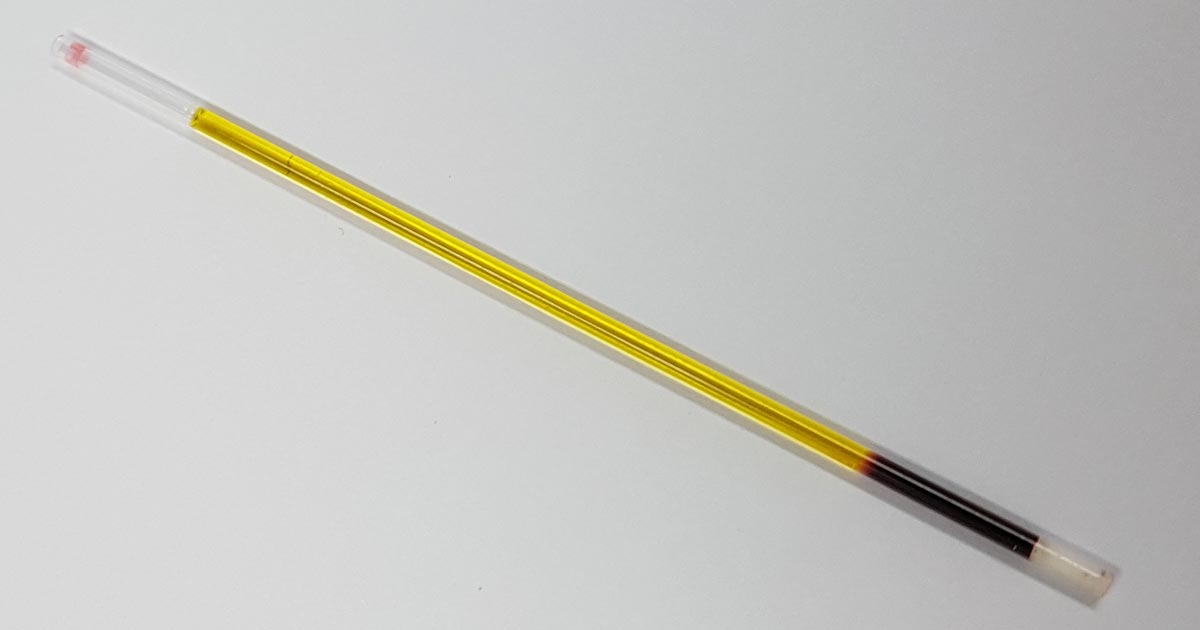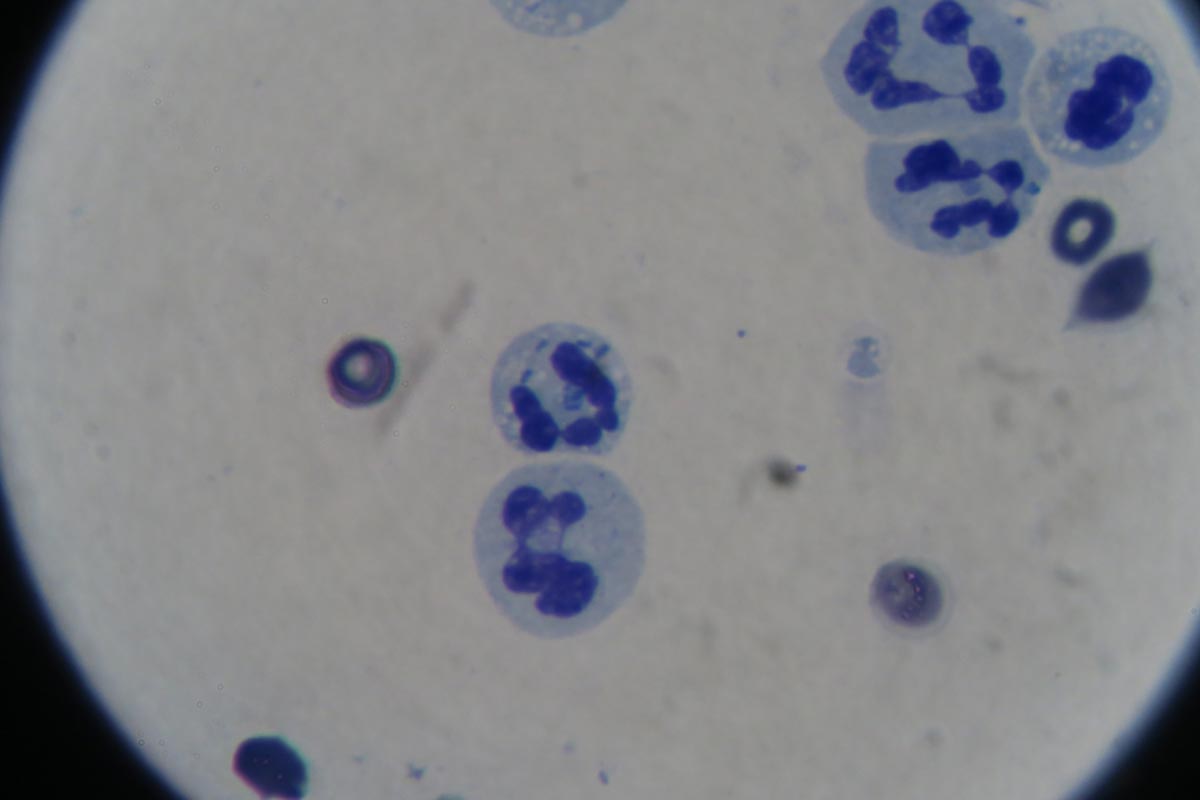Tag: Creatinine
-

Thoracentesis, part 2: sample work
—
by
Last week we gave some hints and tips about how to perform a thoracocentesis. This week we look at what to do with the sample you collected and where to go to next. Looking at the sample is not enough, there are several things you need to do to make sure you are getting the…
-

Systemic hypertension, part 3: treatment, monitoring and prognosis
—
by
Systemic hypertension, part 1 Systemic hypertension, part 2: clinical signs and diagnosis The ultimate goal of managing systemic hypertension (SH) is to prevent target organ damage. Depending on the patient’s risk category – based on their systolic and diastolic pressures – it will determine whether acute, emergency interventions or chronic, long-term management will be required.…
-

Systemic hypertension, part 2: clinical signs and diagnosis
—
by
Systemic hypertension, part 1 Systemic hypertension (SH) alone is often asymptomatic until it is severe, making early detection difficult. For this reason, it is important to know the diseases, illnesses, and other causes that can contribute to SH and recognise their clinical signs. From there, through thorough diagnostic investigations, a diagnosis will, hopefully, result then…
-

Icteric serum
—
by
The final discolouration of the serum we are going to cover is icteric serum. Icteric serum is caused by the presence of excess bilirubin in the blood stream as a result of increased production (pre-hepatic) or inappropriate excretion (hepatic and post-hepatic). The most common cause of pre-hepatic icterus is haemolytic anaemia, while hepatic disease and…
-

Urinalysis: dipstick tips
—
by
Following on from July’s post entitled Urinalysis: the neglected test, let’s have a look at the dipstick – it’s a very easy part of a urinalysis and essential to perform. Here are some of my tips in regards to using dipsticks: It may sound obvious, but you should always use veterinary-specific dipsticks. Human-specific dipsticks include…
-

Making sense of effusions (part 1): is your patient septic?
—
by
Interpreting effusion samples can be confusing, so try to think of effusions as if you were collecting a blood sample. Many of the in-clinic diagnostic tests that apply to blood samples also apply to effusions, such as: PCV/total protein smears glucose lactate potassium creatinine bilirubin It’s not enough to only check the protein concentration of…